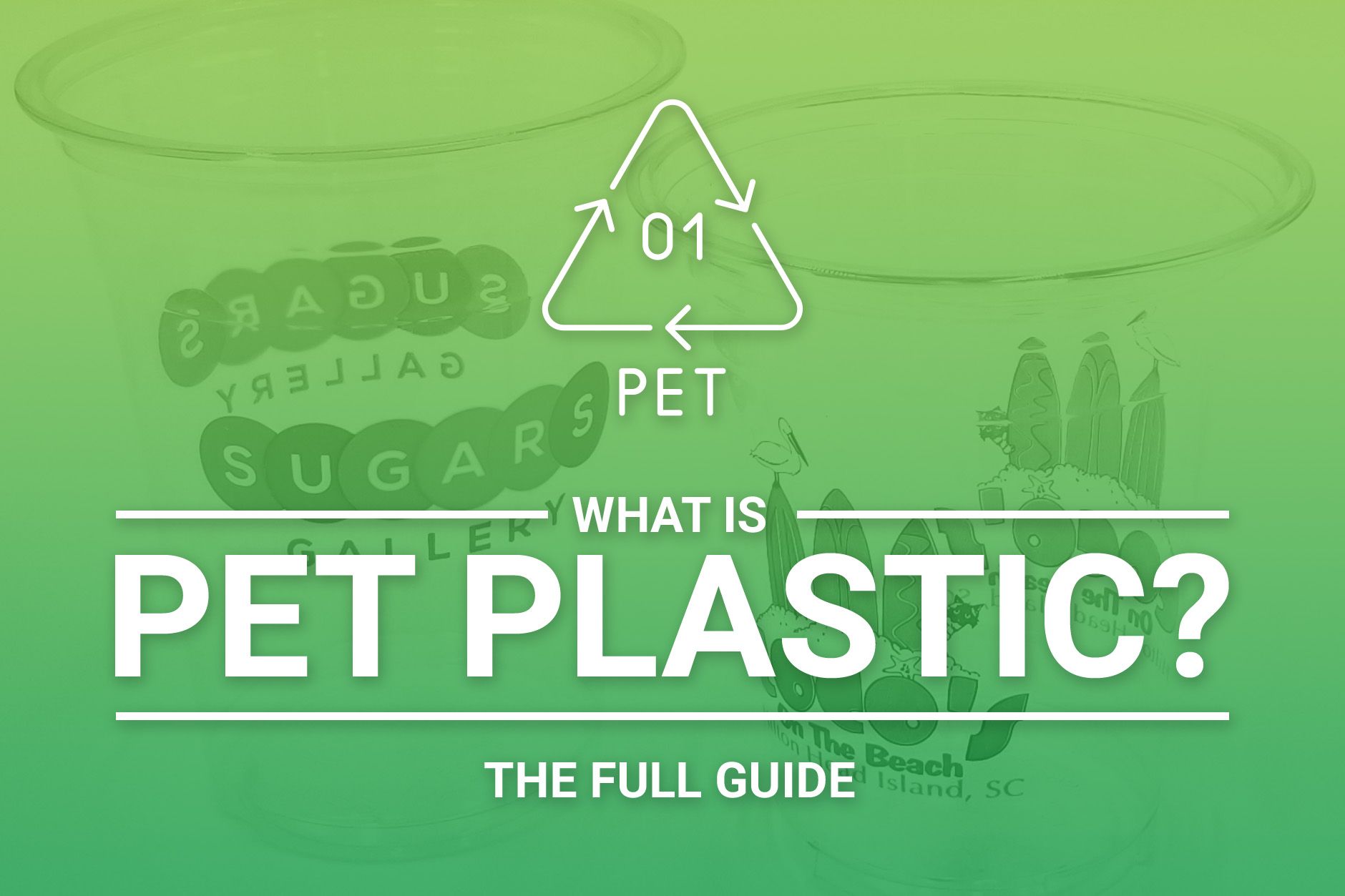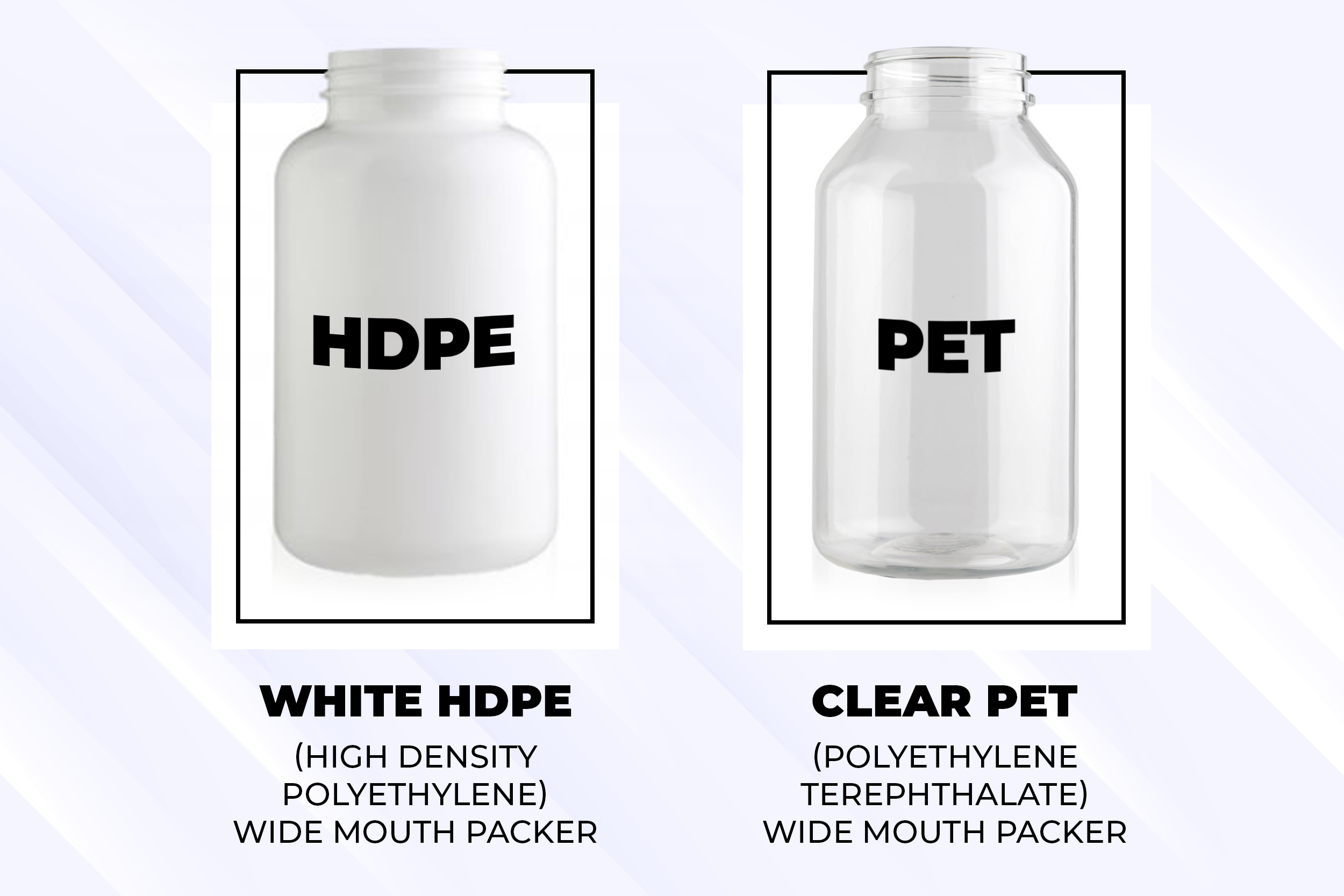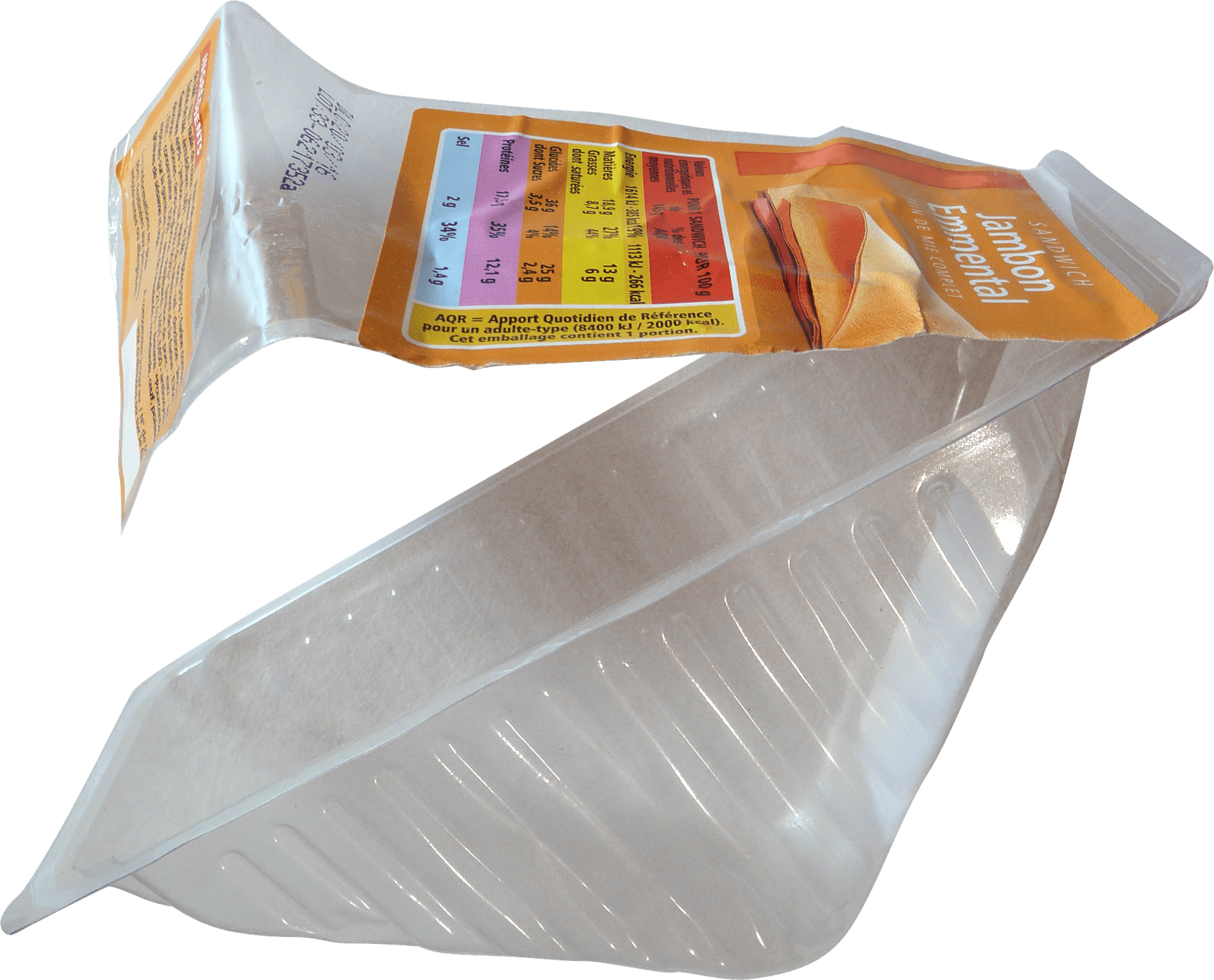In the realm of pet ownership, the insidious presence of plastic poses significant threats to our beloved companions. This comprehensive guide, “Pet 5 Plastic,” delves into the multifaceted impact of plastic on pets, exploring the risks, preventive measures, and mitigation strategies to safeguard their well-being.
From ingestion and entanglement to chemical exposure, plastic infiltrates our lives in countless ways, with dire consequences for our furry friends. This article unravels the complexities of pet 5 plastic, empowering pet owners with essential knowledge to protect their cherished companions.
Impact of Plastic on Pets

Plastic pollution poses a significant threat to the health and well-being of pets and wildlife. Pets can be exposed to plastic through various pathways, including ingestion, entanglement, and chemical exposure.
Ingestion of plastic can cause a range of health issues in pets. Small pieces of plastic can lodge in the digestive tract, causing blockages and obstructions. Larger pieces can puncture the digestive tract, leading to internal bleeding and other serious complications.
Entanglement
Pets can also become entangled in plastic materials, such as fishing line, plastic bags, and six-pack rings. Entanglement can restrict movement, cause injuries, and even lead to death.
Chemical Exposure, Pet 5 plastic
Plastic materials contain a variety of chemicals, some of which can be toxic to pets. These chemicals can leach into the environment and be ingested by pets through food, water, or soil. Chemical exposure can cause a range of health problems, including reproductive issues, cancer, and immune system dysfunction.
Environmental Consequences
Plastic pollution also has significant environmental consequences for pets and wildlife. Plastic debris can accumulate in oceans and waterways, where it can be ingested by marine animals and birds. Plastic can also entangle animals, causing injuries and death.
Preventing Plastic Ingestion

Preventing pets from ingesting plastic is crucial for their health and well-being. Proper disposal of plastic items and supervision during outdoor activities are essential measures to minimize the risk. Additionally, being aware of the signs and symptoms of plastic ingestion in pets and seeking veterinary care promptly is vital for their recovery.
Proper Disposal of Plastic Items
Proper disposal of plastic items is essential to prevent pets from ingesting them. Plastic bags, bottles, and containers should be disposed of in designated trash cans with secure lids. Avoid leaving plastic items unattended in areas where pets have access, such as on the floor or countertops.
Supervision During Outdoor Activities
Pets should be supervised during outdoor activities, especially in areas where plastic litter is prevalent. Keep pets on a leash or in a fenced-in area to prevent them from wandering and ingesting plastic. Avoid taking pets to areas with known plastic pollution, such as beaches or parks with excessive plastic waste.
Signs and Symptoms of Plastic Ingestion
If you suspect your pet has ingested plastic, it is important to seek veterinary care promptly. Signs and symptoms of plastic ingestion in pets can include:
- Vomiting
- Diarrhea
- Loss of appetite
- Lethargy
- Abdominal pain
Importance of Veterinary Care
Veterinary care is crucial for pets who have ingested plastic. A veterinarian can assess the severity of the situation and provide appropriate treatment. Depending on the size and location of the ingested plastic, surgery may be necessary to remove it.
Veterinary care can help prevent serious complications and improve the pet’s chances of recovery.
Reducing Plastic Entanglement
Plastic entanglement poses significant threats to pets, ranging from strangulation to impaired movement. To safeguard our furry companions, it’s crucial to implement measures that minimize their exposure to plastic hazards.
Pet-Friendly Alternatives
- Food and water bowls:Opt for ceramic, stainless steel, or glass bowls instead of plastic ones.
- Toys:Choose toys made from natural materials like rope, rubber, or fabric over plastic toys.
- Collars and leashes:Replace plastic collars with leather, nylon, or cotton ones. Use leashes made from durable materials like leather or nylon.
Litter Cleanup
Litter can entrap pets, especially kittens and puppies. Regular cleanup is essential to prevent entanglement. Encourage pet owners to dispose of litter responsibly and participate in community cleanups.
Case Studies
- Max the cat:Rescued from a plastic bag, Max had severe neck injuries and required surgery.
- Buddy the dog:Entangled in a plastic leash, Buddy’s leg was injured and required amputation.
These cases highlight the devastating consequences of plastic entanglement for pets. By reducing their exposure to plastic and promoting responsible litter disposal, we can create a safer environment for our beloved companions.
Mitigating Chemical Exposure

Plastic products can release harmful chemicals that pose significant health risks to pets. Understanding these risks and taking steps to reduce exposure is crucial for their well-being.
Sources of Chemical Exposure
- Plastic Toys:Many pet toys contain phthalates, which are linked to reproductive issues, developmental problems, and cancer.
- Food Containers:Plastic food and water bowls can leach chemicals such as bisphenol A (BPA), which has been associated with hormone disruption and other health concerns.
- Furniture:Plastic furniture, such as pet beds and crates, can emit volatile organic compounds (VOCs), which can cause respiratory problems and skin irritation.
Health Risks of Chemical Exposure
- Skin Irritation:Chemicals in plastic can cause skin rashes, redness, and itching.
- Respiratory Problems:Inhaling VOCs from plastic can lead to respiratory irritation, coughing, and difficulty breathing.
- Cancer:Some chemicals in plastic, such as BPA, have been linked to an increased risk of certain types of cancer, including mammary tumors in dogs.
Tips for Reducing Chemical Exposure
- Choose BPA-Free Products:Opt for pet toys, food containers, and furniture made from BPA-free materials.
- Avoid Prolonged Contact:Limit pets’ exposure to plastic by providing alternative materials for toys, bedding, and food and water containers.
- Ventilate Enclosed Spaces:Ensure adequate ventilation in areas where pets spend time, especially if there are plastic furniture or toys present.
Concluding Remarks
:max_bytes(150000):strip_icc()/103796378-56a1ae363df78cf7726cff7b.jpg)
Protecting our pets from the perils of plastic requires a multifaceted approach, encompassing responsible disposal, supervision, and the adoption of pet-friendly alternatives. By raising awareness and implementing these measures, we can collectively mitigate the impact of plastic pollution on our furry companions and foster a healthier, more sustainable environment for all.
FAQ: Pet 5 Plastic
What are the common types of plastic that pose risks to pets?
Polyethylene, polypropylene, and polyvinyl chloride (PVC) are among the most prevalent types of plastic that can harm pets.
What are the signs and symptoms of plastic ingestion in pets?
Loss of appetite, vomiting, diarrhea, lethargy, and abdominal pain are common signs of plastic ingestion.
How can I reduce the risk of my pet becoming entangled in plastic?
Use pet-friendly alternatives to plastic products, clean up litter, and supervise your pet during outdoor activities.
What are the potential health risks of chemical exposure from plastic to pets?
Chemical exposure from plastic can cause skin irritation, respiratory problems, and even cancer in pets.